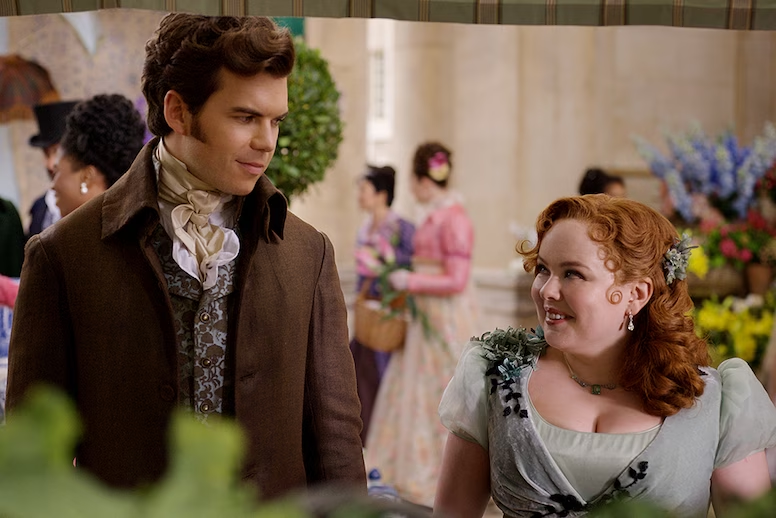INDIAN FAMILY SAGA
The Covenant of Water by Abraham Verghese

Abraham Varghese does not write short novels. His earlier work, Cutting for Stone, which I read and enjoyed was also a tome. The Covenant of Water is more than 700 pages; one must persevere, and one must endure, but it is worth the effort. I do believe it could have been edited down some, but I felt that about the earlier novel also.
Covering the years 1900 to 1977 and set mainly in Kerala, India, and somewhat in Madras and Glasgow, it begins with a 12-year-old girl marrying a 40-year-old widower, father of one son, JoJo. Over the years, she becomes Big Ammachi, the matriarch of the family, presiding over and nurturing three generations at Parambil, the family seat. Threaded through the generations are an uncommon number of deaths by drowning. Those who drown have a fear of water and work to avoid contact with any water. This affliction is known as The Condition, and for decades, no one knows what causes it or why.
Dense with descriptive prose, detailed descriptions of unusual medical procedures (Vergherse is a physician and a professor), and a host of characters, intriguing individuals seemingly unrelated to the main story, The Covenant is rich and engrossing. As is his wont, Verghese brings these characters together, connections are made, and the strands become a cohesive whole. For readers with patience, it’s a rewarding journey! (~JWFarrington)
MAISIE DOBBS REFLECTS
The Comfort of Ghosts by Jacqueline Winspear
I have read all of Jacqueline Winspear’s Maisie Dobbs’ series and have been a big fan of this author. About fifteen years ago, a good friend and I went to a small bookstore lunch in Marin honoring Winspear. It was to celebrate the arrival of her latest Maisie Dobbs. Not surprising, Winspear was gracious and warm. She chatted with us individually during lunch and then read a selection from the book. It was a memorable affair.
In addition to the Maisie Cobbs series, Winspear has written two standalone novels and a poignant memoir, This Time Next Year, We’ll Be Laughing. I recommend these works as well.
The Comfort of Ghosts is the 18th novel in the series and a fitting end to Maisie’s career. It is 1945 and the war is over, but London folk are suffering with bombed out buildings and a lack of suitable housing. Food is in short supply, some homeless become squatters in vacant homes, and demobbed soldiers are haunted by what they have witnessed.
In her last case, Maisie becomes protector and investigator for four young squatters who believe they’ve seen a murder. She must call upon all her sources and friends for assistance, while simultaneously reflecting on her own part in both world wars, and on the deaths of friends and spouses. As always, Maisie is determined, detail-oriented, and perceptive; these traits all come into play.
For anyone who hasn’t read the early works, this one is a valedictory to Maisie’s career and personal life, providing glimpses and explanations about how she rose from lowly household maid to investigator and psychologist. Along the way, readers are reintroduced to Maurice Blanche, her mentor and friend; Pris her longtime friend since college; her father and stepmother Brenda; and Julian and Rowan Compton, parents of her first husband James. It’s a trip down memory lane, shadowed by old ghosts, and yet reflective of the challenges Maisie and her compatriots face in moving on past the terror and damage of WWII.
Winspear convincingly portrays both the postwar climate in Britain and the mental struggles those who served must overcome to function again in peacetime. Maisie Dobbs has her own regrets and concerns, but she is a stalwart, and her first response is usually to provide help. I found this a very satisfying conclusion to the series, but I will, nonetheless, miss Maisie. (~JWFarrington)
REGENCY ROMANCE
Bridgerton, Season 3 (Netflix)
Bridgerton, first viewed during Covid, has now advanced to its 3rd season. For those who’ve read Julia Quinn’s novels on which it’s based, it’s a logical viewing choice. Created by the talented producer Rhonda Shimes and Quinn, it’s a romance lover’s delight—complete with lavish costumes, fancy balls and intrigues, frustrated and beleaguered lovers, and, of course, the redoubtable Lady Whistledown’s gossip sheet.
This season focuses on Penelope Featherington and Colin Bridgerton. She is the youngest and an overlooked sibling in her family, while Colin, the Bridgerton brother she has been friendly with and adored for years, has recently returned from Europe. This is Penelope coming into her own as a woman alongside Queen Charlotte’s ongoing quest to learn the identity of Lady Whistledown. The season is steamy and sexy with plenty of couplings, engagements, and even an incipient attraction between Lady Violet Bridgerton and a certain lord.
It’s fun, it’s poignant, and the women have their day! I think it’s the best season thus far with greater depth than the previous two. Enjoy!
OTHER DOINGS
This week we participated in a Juneteenth celebration which included commentary about the holiday, music, and some tasty African-inspired nibbles. Another day, we lunched out with the Adventurous Eaters at La Victoria, an attractive Mexican restaurant in Cary. The waitstaff was friendly, the guacamole fresh with a punch, and the enchiladas verdes I ordered delicious. Add in an afternoon performance of songs from the 1950s, 1960s, and 70s by the BackFence Duo; it was a full week.
Note: Header Juneteenth graphic courtesy of Vecteezy.com





















